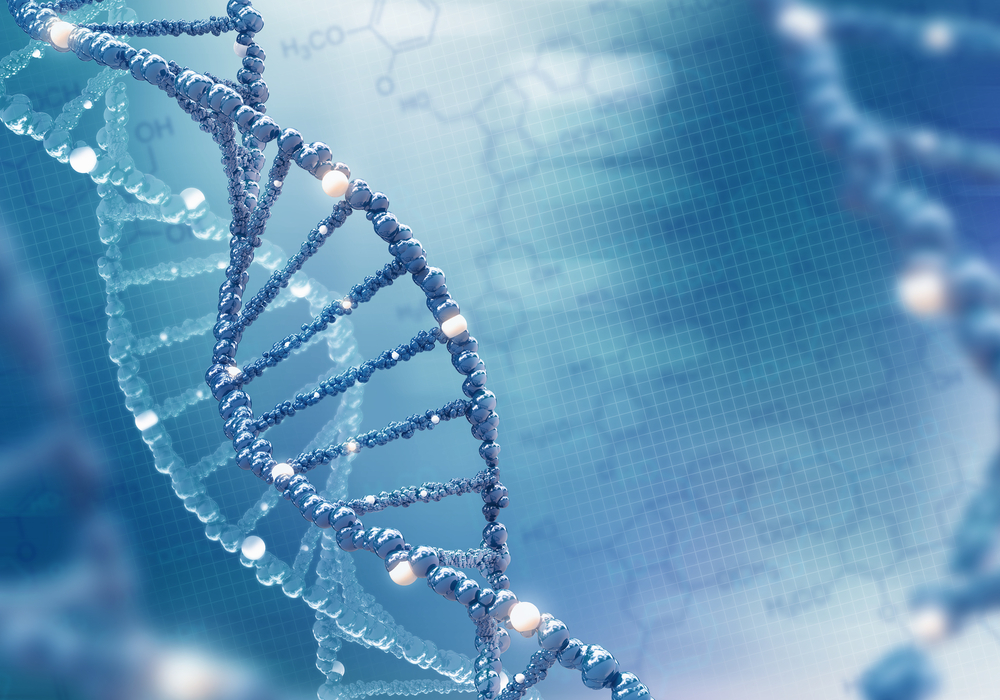FAQs About Gene Therapy for Angelman Syndrome

Researchers are investigating gene therapy as a new form of treatment for rare genetic diseases. This approach has the potential to possibly cure diseases like Angelman syndrome. However, it is very new and there are many unknowns.
Here are answers to some frequently asked questions, to help you better understand gene therapy and how it might one day help your child.
What is gene therapy?
Gene therapy is the use of small pieces of genetic material to modify the expression of a person’s genes or when and where they are active and produce proteins. Gene therapy can introduce new genes to the body or block or modify the expression of faulty genes.
How could gene therapy help my child?
Angelman syndrome is the result of a mutation in the maternal copy of the UBE3A gene. This gene contains the information necessary for cells to produce an enzyme or a protein that acts as a biological catalyst, called ubiquitin-protein ligase E3A (UBE3A) or E6-associated protein (E6AP). In general, a person inherits one copy of a gene from their mother and the other from their father. However, in some cells, only one copy is active or expressed. For example, in many cells of the nervous system, only the mother’s copy of the UBE3A gene is active. Mutations in this copy can cause problems.
Gene therapy could potentially correct the expression of the UBE3A gene to produce working copies of the E6AP enzyme. This correction could prevent some symptoms of Angelman syndrome.
Are there different types of gene therapy?
There are a number of different ways in which gene therapy can work. It can add a working copy of a gene to cells, correct mutated gene copies, or “silence” faulty genes. Gene therapy can also reprogram cells to give them a new function or to cause them to self-destruct.
How about for Angelman syndrome?
Researchers are currently working on two gene therapy approaches for Angelman syndrome. The first aims to insert a working maternal copy of the UBE3A gene into cells of the nervous system, particularly those of the brain. The second aims to enable these cells to use the paternal copy of the gene.
How will it reach the brain?
Gene therapy is usually delivered via an injection or infusion. The target cells for gene therapy in Angelman syndrome are the cells of the central nervous system, or the brain and spinal cord. But the central nervous system is isolated from the rest of the body by the blood-brain barrier, which protects it from blood-borne insults. For gene therapy to reach the central nervous system, it must either be able to pass through this protective barrier or be delivered directly to an area around the central nervous system, like the cerebrospinal fluid (the fluid that surrounds the central nervous system).
Most gene therapies involve the use of a vector (a transport agent) such as a virus or bacteria (less commonly) engineered to be harmless, or lipid nanoparticles.
Therapies using vectors that are able to pass through the blood-brain barrier can be given as IV infusions. Researchers are also investigating a more direct way of therapy delivery, that of spinal (intrathecal) injections into the cerebrospinal fluid. Intrathecal injection may help a viral vector better target cells of the central nervous system.
Researchers are studying lipid nanoparticles (tiny fatty spheres) because they may offer a way of delivering gene therapies without provoking an immune reaction that the body can mount against viruses or bacteria.
Are there any risks?
Possible risks for gene therapy include immune system reactions to the viral vector, the vector affecting cells other than the target nerve cells, or the vector inserting the new genetic material it carries at the wrong spot in the genome and inducing disease that can include cancer.
What stage of research are we at?
Researchers are currently testing one gene therapy approach for Angelman syndrome, GTX-102, in a Phase 1/2 clinical trial (NCT04259281). They designed the treatment to block the expression of the molecule that keeps the paternal copy of the UBE3A gene from being active in nervous system cells. This trial is currently on hold, however, after several patients experienced weakness in their legs following a high dose. Investigators are waiting for the U.S. Food and Drug Administration (FDA) to approve revisions to the trial’s protocol.
Another treatment, called GT-AS, works to deliver a healthy copy of the UBE3A gene to target cells and has completed preclinical animal studies. Investigators are preparing to submit an application to the FDA requesting permission to test it in patients, but the COVID-19 pandemic has temporarily delayed these plans.
Researchers at the University of North Carolina have also used a technique called CRISPR-Cas9 to turn on paternal copies of the UBE3A gene in mice before they are born. A single treatment prevented mice from showing any signs similar to the symptoms of Angelman syndrome for at least 17 months after their birth. More research is necessary before researchers would attempt this approach in the clinic, however.
When will it be available?
Gene therapy is still in very early stages of development, and many candidates may not make it through clinical trials. The clinical trial process usually takes several years. Data investigators collect over those years must demonstrate to the FDA and other regulatory agencies that a treatment is both safe and effective, and merits approval.
Last updated: Dec. 17, 2020
***
Angelman Syndrome News is strictly a news and information website about the disease. It does not provide medical advice, diagnosis, or treatment. This content is not intended to be a substitute for professional medical advice, diagnosis, or treatment. Always seek the advice of your physician or other qualified health provider with any questions you may have regarding a medical condition. Never disregard professional medical advice or delay in seeking it because of something you have read on this website.






